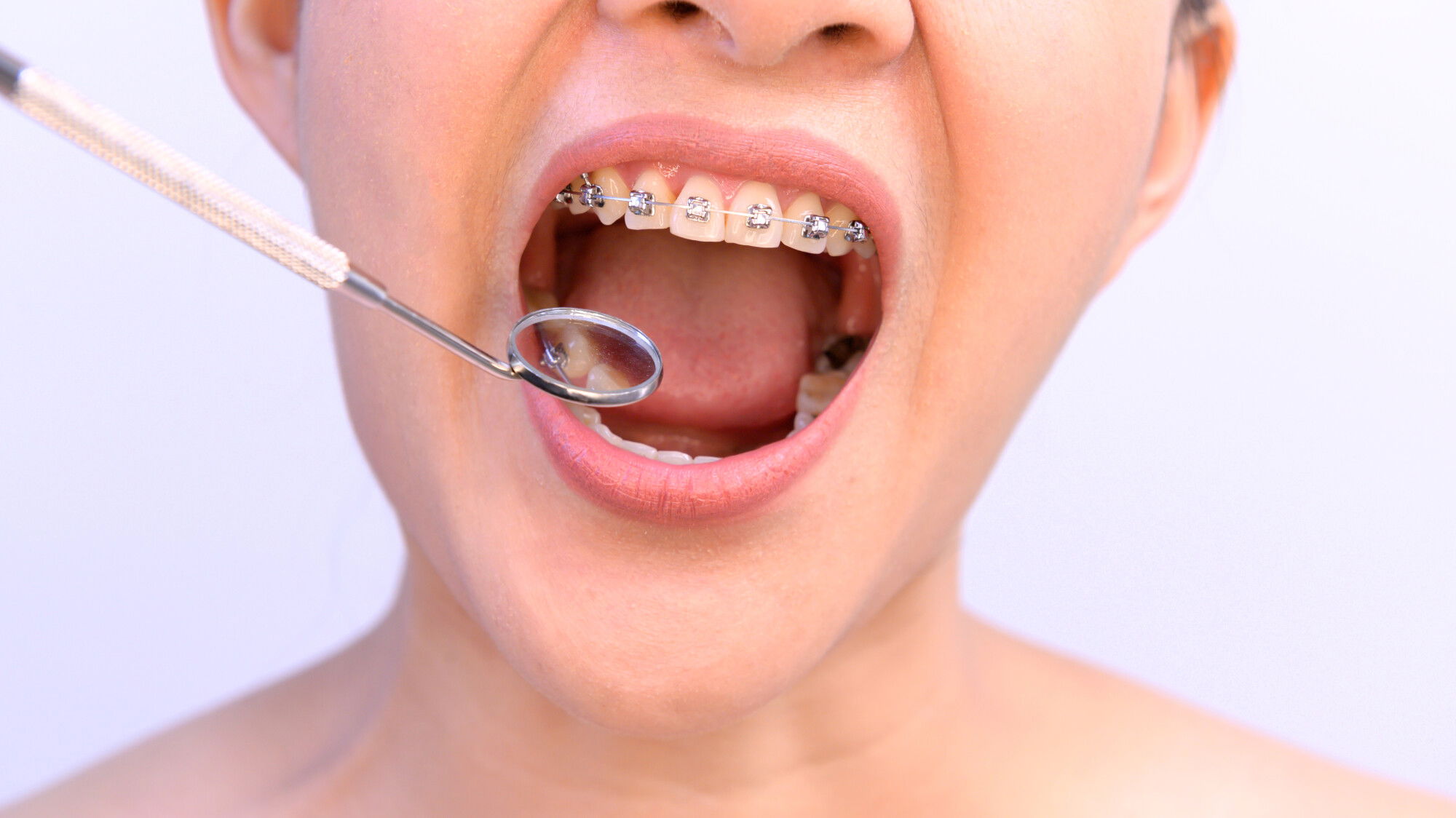Is Orthodontics For Your Child Right For You?

Orthodontics is one of the many different types of dentistry. Orthodontists are trained in the science of dental alignment and the fitting of braces. Many dentists will refer patients with overbite, underbite, and other dental issues to the field. In addition to treating these problems, orthodontists also deal with temporomandibular joint disorders. So, if you're wondering if you should consider orthodontics for your child, here are some things to know.
Fixed appliances are the most common type of orthodontic appliance. These are used when precision is important. They're removable and can be worn for a few hours a day. The patient should be aware of certain foods and beverages, such as hard candy or gum. Also, special gum shields may be required for those who participate in contact sports. These devices consist of wires, bands, and brackets that fit over the teeth. When they're in place, they work to move the teeth into the desired positions.
The goal of orthodontic treatment is to correct a person's bite so that their teeth will fit together properly. A bad bite is called a malocclusion, and the treatment will correct this imbalance so that the teeth, jaw, and face will balance out. Orthodontics will also correct a person's jaw size and shape so that they can chew, speak, and smile. These treatments will improve a person's self-esteem and prevent serious dental problems. Now get more information on orthodontics.
In most cases, treatment for malocclusion begins at around age seven, but this can be delayed until the child has enough permanent teeth to begin orthodontic treatment. In some cases, the child may need to have a tooth removed so the treatment can proceed. Fortunately, there are many appliances available for this purpose. These appliances can be used to move the teeth and correct other issues in the mouth.
Traditional braces are made of metal, plastic, or ceramic. These are connected to wires and springs to straighten teeth. Patients with minor malocclusions may have clear braces or aligners instead of braces. Some patients may require headgear. In extreme cases, however, patients may require corrective surgery. However, jaw surgery is only used in severely malformed patients who have already finished growing. However, if you have dental problems and are looking for an orthodontic treatment that will address your condition, contact a trusted orthodontics specialist today.
Braces may not damage your teeth, but poor hygiene and sugary food can. Even with braces in place, your teeth may move slightly. However, these minor movements are often temporary and do not require additional treatment. The average treatment time is one to two years. Even though teeth may move during this time, they are not permanent and are likely to move again. For this reason, it's vital to clean the appliance properly. Further, minor tooth movements are normal throughout your life, and are generally not serious enough to require any further treatment. If you're an adult, it's never too late to undergo these Creekside Orthodontics services.
After completing dental school, you can begin specialty training as an orthodontist. You should have a dental degree prior to beginning your training. If you are unsure about the specific pre-requisites, contact the school directly. Orthodontists generally complete two years of specialty training, so it's best to contact the schools directly to learn about their latest pre-requisites. After all, the career is a fun and rewarding one. If you want to know more about this article, then click here: https://www.britannica.com/science/orthodontics.
